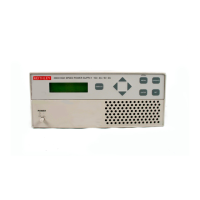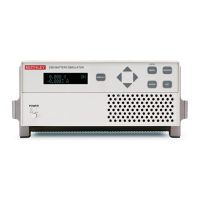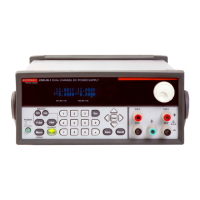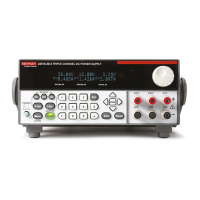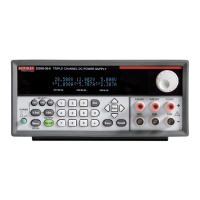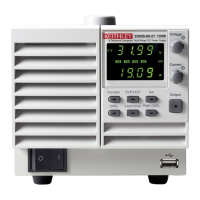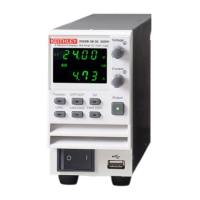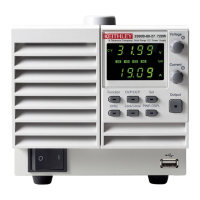Specifying the timeout length for the pulse 4-4
Standard event status 8-10, 8-11
Static sensitive devices 15-3
Status
byte register 8-7
command summary 12-17
model structure 8-3
register sets 8-2, 8-10
structure 8-1
Status byte and
service request (SRQ) 8-6
service request commands 8-9
SRQ 8-2
status register
16-bit 8-5
Step measurements
Integration time 3-29
Trigger level range 3-29
SYSTem command summary 12-19
T
TDMA and GSM cellular handsets E-2
Temperature coefficient 13-4, 14-4
Test connections 2-2
TRG LEV mA RANGE 1-16
TRG LEVEL mA 1-16
TRIG LEV RANGE 1-15, 1-16
Trigger 6-3, 6-4, 12-20, G-4, G-5, G-6
Trigger continuous mode G-6
TRIGGER DELAY 1-15
Trigger delay 3-3
Trigger delay for High Pulse c
urrent
measurement 3-4
TRIGGER EDGE 1-16
Trigger edge, trigger level, and trigger level
r
ange 4-8
TRIGGER LEVEL
1-16
Trigger level 3-3, 4-4
Trigger level range (pulse current trigger level)
3-3
Triggering the start of the measurement 4-3
Typical trigger sequence 6-2
U
Using common and SCPI commands in the
same message 7-13
Using FAST, SEARch, and DETect 3-17, 4-15
Using TimeOUT 4-6
V
Variable output impedance control E-2
Verification
Ambient temperature 13-3
Environmental conditions 13-3
Line power 13-3
Recommended test equipment 13-4
Test requirements 13-3
Warm-up period 13-3
VFD BRIGHTNESS 1-7, 1-15
VOLT PROTECT 1-15
Voltage drop during the tr
ansmit portion of the
pulse E-6, E-7
Voltage drop equation 2-11
W
Warranty information 1-2
Waveform filtering 4-2
Waveform with low pulse time
(less than
200ms) 4-3
Test Equipment Depot - 800.517.8431 - 99 Washington Street Melrose, MA 02176
TestEquipmentDepot.com
